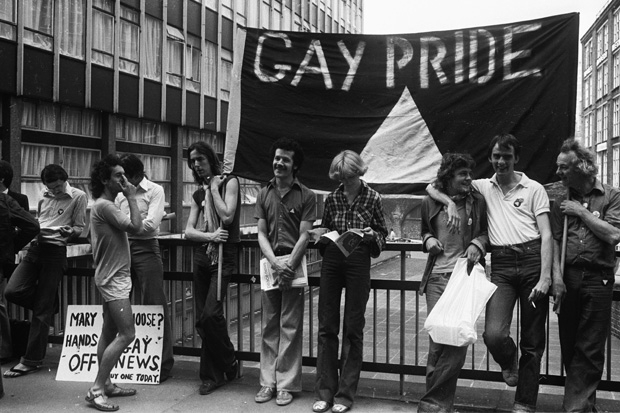The Emperor Waltz is long enough at 600 pages to be divided, in the old-fashioned way, into nine ‘books’. Each book has a date, sliding from 1922 to 1979 to next year to 203 ad to last month. This might suggest an overly systematic novel in the mode of David Mitchell’s Cloud Atlas or Eleanor Catton’s Booker Prize-winning breezeblock The Luminaries. But Hensher has always been a writer with a wandering, curious eye (on its most exhilarating display in 2011’s King of the Badgers), and The Emperor Waltz is a novel that, despite its superficial restraints, won’t sit still.
It begins in Weimar during the period of hyperinflation, a time of bold new ideas and failures of conscience, when the competing energies of Bauhaus and National Socialism are starting to make themselves known. Christian, a young art student, is seduced by the promise of the city; a Berlin poster has informed him that in Weimar ‘everything would alter… for the better’. Meanwhile Klee and Kandinsky sit in cafés, paying 200,000 marks for coffee. In a key passage, Christian, who impresses his teacher Klee with his forward-thinking approach to art, is confronted by the casual anti-Semitism of his landlady. He vows to move somewhere else, before quickly and shamefully changing his mind. It would be too much of an upheaval, after all. He ‘despises himself for his cowardice’, but he ‘already knew that that was the easiest path for his mind to take’.
Later, Duncan is setting up the first gay bookshop in 1970s London. He knows that he and his shop will be the target of spite, and so before the official opening he makes a point of regularly visiting all the other outlets on the road to foster goodwill.








Comments
Join the debate for just £1 a month
Be part of the conversation with other Spectator readers by getting your first three months for £3.
UNLOCK ACCESS Just £1 a monthAlready a subscriber? Log in